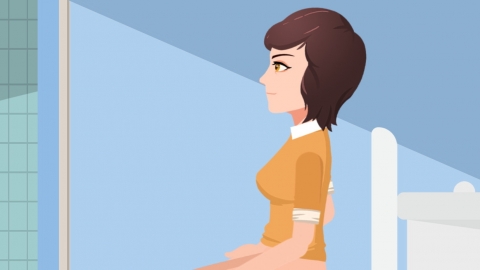How long after a pelvic fracture can one sit on the toilet?
Generally, the timing for sitting on a toilet after a pelvic fracture depends on the type of fracture and the individual's recovery progress. For stable fractures, attempting to sit on a toilet may be possible after 4–6 weeks; for unstable fractures, it usually takes 8–12 weeks. In both cases, sitting is only permitted after medical evaluation confirms adequate fracture healing. Detailed analysis is as follows:

If the pelvic fracture is stable, with no significant displacement of the fracture ends, and after bed rest and immobilization treatment, local pain typically decreases around 4–6 weeks and the fracture site becomes preliminarily stabilized. At this point, sitting on a toilet may be attempted under a doctor’s guidance. A commode chair should be used to avoid excessive pelvic stress caused by a toilet that is too high. Each sitting session should be brief, limited to 5–10 minutes.
For unstable pelvic fractures, where there is obvious displacement of the fracture ends, surgical fixation may be required and the recovery period is longer, typically 8–12 weeks. Only after follow-up imaging shows good fracture healing and sufficient pelvic stability should the patient attempt to sit on a toilet with assistance. Initially, someone should help ensure slow and careful movements when sitting down and standing up, avoiding sudden force that could impair healing.
When using the toilet, maintain pelvic stability and avoid twisting the body. Continue protecting the fractured area in daily life by avoiding weight-bearing and strenuous activities. Additionally, consume adequate calcium and protein to support bone healing, gradually adapting to sitting and normal daily activities.









